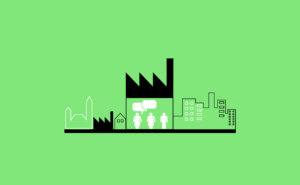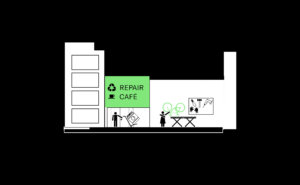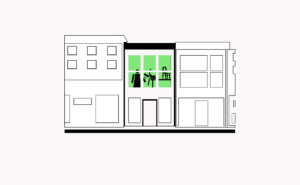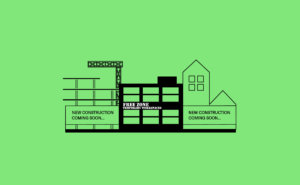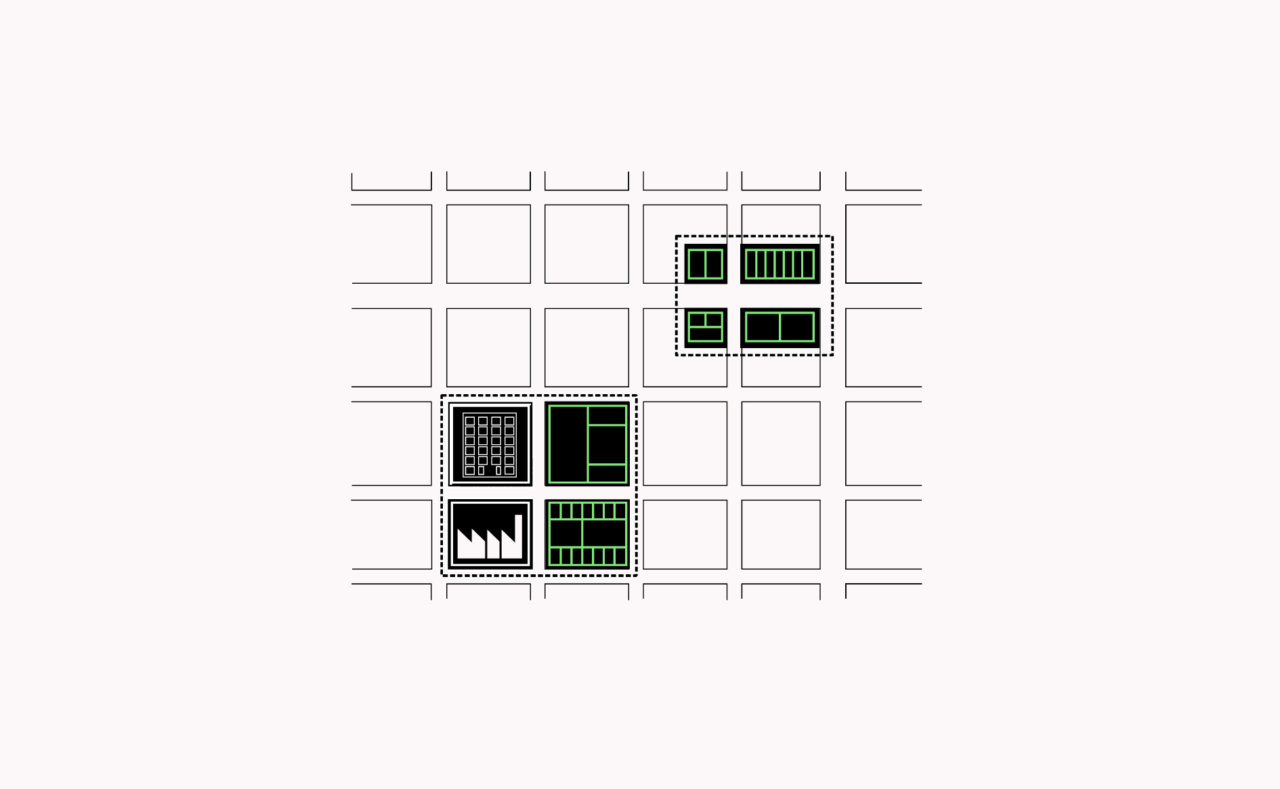
C.5 Varying Unit Sizes
Variations of unit sizes help to promote a variety of business types and facilitates manufacturers growing or shrinking without needing to leave an established neighbourhood.
[CONTEXT] A variety of unit sizes is important to guarantee businesses’ needs according to their size and financial means. It also allows for diversity and complexity since not all types of manufacturing activities need the same amount of space at the same time. Varying unit sizes provide businesses with choice which helps provide R.9 Assured Security of Space. A business’ choice of location can be linked to a network including related services, cooperation partners and suppliers. This can be essential for servicing a machine or replacement of parts for example. The presence of a local network is crucial for some manufacturers and therefore having a variety of unit sizes allows the possibility for a business to stay within an area even if the business’ demand for space grows or shrinks. Increasingly businesses share premises and are accommodated in flexible units for a range of reasons including cost, community or flexibility. Such units have doors, fences, walls and even floors that can be easily adjusted. Flexibility can also occur at plot level (the building envelope) or with partitioned spaces within buildings.
[PROBLEM] Businesses are constantly changing, triggered by increasing or decreasing work, fluctuating need for workers, changing technology and processes and demand for space. While manufacturers can change their needs for space over time, local networks and resources can be so important that moving far away will threatening the viability of the business. If the options for alternative spaces are not available, the business may be forced to close or downsize. Furthermore, due to movement costs and challenges to find suitable alternative sites, businesses may simply live with a space that is not fit for purpose. This can mean that space could be underused and be a liability or the space is too cramped and limits potential for growth.
[FORCES] Real estate pressure is one of the driving forces for determining unit sizes and prices. If left to the market, the result will likely focus on standardised units sizes. Clusters of manufacturers need both small and large spaces as larger businesses can gain capacity by subcontracting specialist tasks to smaller businesses. C.3 Balance Between Public & Private Land can be used to ‘correct’ imbalances in the market. But the development of new space can take many years which can result in businesses being stuck in unsuitable spaces. Through C.4 Diverse Tenure Models, leaving some space free or flexible can help relieve possible stress. Further, adaptations in building and tax laws can enable industrial intensification with varying unit sizes in buildings stacked vertically. In practice, manufacturing above the ground floor may not be feasible for some manufacturers due to accesses, technology or even technical regulation.
[SOLUTION] Ensure a range of unit sizes are available to provide businesses with a choice of space subject to their needs. Where possible, adapt sites or buildings by creating a variety of easily adaptable unit. C.1 Microzoning can be triggered to renovate existing sites and help N.3 Mixing Complementary Making & Related Services. R.10 Place-Based Financial Levers could help to balance market forces to incentivise a variety of unit sizes (refer to C.3 Balance Between Public & Private Land) or to help dealing with increasing rent. Alternative manufacturing spaces such as P.5 The Work Home can be encouraged for smaller spaces. For younger and experimental businesses, P.4 Meanwhile Spaces & Transitional Uses can be useful. P.2 Shared Technology & Making Spaces allow particularly smaller manufacturers to have flexibility and access to affordable space when it is needed. Sharing also makes it easier for businesses to move spaces. The architecture of shared buildings should provide the possibility to easily adjust the size and function of working areas (see P.3 Flexible Spaces for Making). With a large enough goods lift (B.5 Enabling Vertical Making), manufacturing can occur in multi-storey buildings, allowing industrial intensification to achieve more efficient land use. It is thus useful to develop a diversity of unit sizes on the urban as well as the architectural scale.
[Contribution] Add contributions here.
